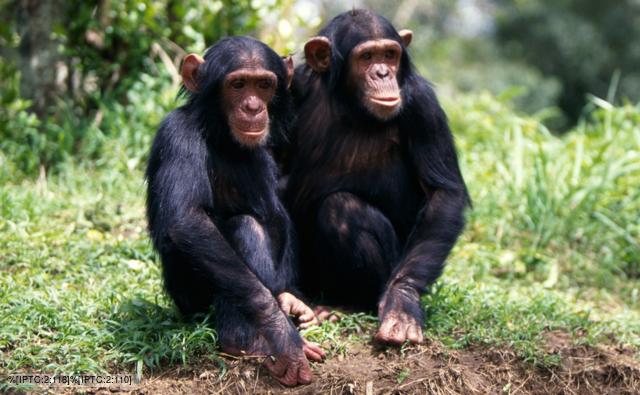1. The Piltdown Hoax was an event
in the early 20th century where fossils were discovered in a gravel
pit in Piltdown, East Sussex, England. These fossils were allegedly the fossils
belonging to the previously unknown early human. The one man most responsible
for making this discovery was Charles Dawson. This was monumental in that time
for the development of evolutionary theory because the Piltdown Man was
believed to be the missing link between apes and humans in the fossil record. Evidence
arose after Dawson’s death that revealed this discovery to be hoax and the
fossils to be false. This is highly unfortunate for that time because much
other real fossil evidence was overlooked in light of the Piltdown findings,
effectively leading evolutionary study down a fake trail that exposed the
vulnerability of honest scientists.
The excitement that surrounded
such a monumental discovery could have been one of the main reasons there was
no intense scrutiny of the find in the years following the discovery. However,
once the scientific community decided to test the veracity of the find, they
found that the bones were from three different species (human skull fragments,
an orangutan jaw, and a chimpanzee tooth) that had been dyed and modified by
filing and other methods. The scientific community was obviously not thrilled
about the truth of the Piltdown finds, and they realized that there is now the
possibility for someone to come into their community of honesty with lies and
deception—something that had not been experienced before. Scientists were known
to be eager minds searching for more and this event exposed the fault of human
desire misplaced.
2. The human faults that came
into play in the Piltdown findings were one man’s (or group’s) desire to
elevate himself or his own discovery to the upper echelons of recognition,
instead of working diligently to advance the science itself. This fault hurt
the advancement of evolutionary study because it was a lie that led the whole
community down a trail with a dead end. Humans can at times be incredibly
selfish, desiring only to be famous or otherwise, and the scientific community
was not invincible to such pitfalls.
3. The positive aspect of the
scientific process that revealed the fossils to be false was testing. Peer
review has always been one of the most foolproof ways that the scientific
community has verified the work of peers in order to discover truth through
science instead of arriving at bogus conclusions, like those drawn from the
Piltdown fossils. Once skeptic scientists finally got their hands on the
Piltdown fossils in order to apply advanced dating techniques unlike those
present at the discovery of the fossils, the fakes were found to be mere
centuries old—not hundreds of thousands or a million as purported by initial
reports.
4. It is never truly possible to
remove the “human” element from something that is exclusively done by humans.
The scientific process is also somewhat predicated on the human desire to
discover more about the world in which we live. Despite the whole of scientific
study coming so far in recent history, it seems to be that the more we know,
the more we understand we know almost nothing, and we drive towards knowing
even more. The competitive element that drives some humans to lie and cheat other
honest people exists almost everywhere and one of the best ways to combat this
is already built into the scientific process—peer review. Having your peers
check your work for you, especially those with no ties to you, is one of the
best ways to insure that your work is legitimate. Your peers will be less
biased towards the conclusions because they do not have any stake in the study
being true; they will be able to see faults that you yourself cannot sometimes
see. So, then, overall, the human element may never be removed from the
scientific process, but I am not entirely sure if that is even a bad thing.
5. From this event, we can learn
that we should be skeptic of information from unknown sources. Even if we are
in what seems to be an honest circle of people, there remains the possibility
for someone to want to get ahead and lie to get there. For any source that is
unknown or unfamiliar it is always best to determine the ethos of the source
and whether or not it can be trusted. If the source is not credentialed in the
field they are speaking into, or are unrecognized by the majority of credible
scholars, it might be wise to search for information elsewhere, no matter how tempting
it may be to accept. Even for sources of information that are marginally
recognized by a community, it is still wise to make sure that this source is
actually doing legitimate work, and not working towards advancing a personal
perspective, e.g.: only publishing information that drives towards this
perspective.









